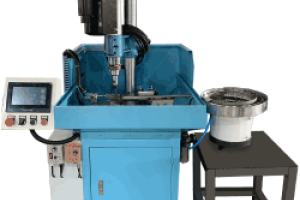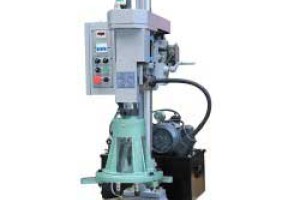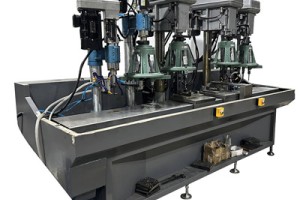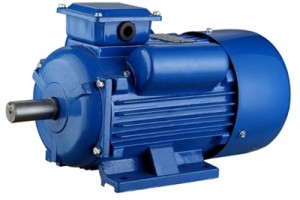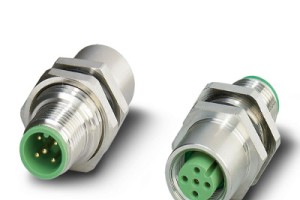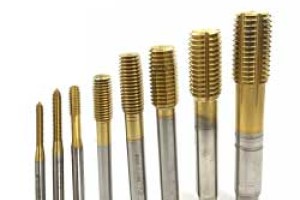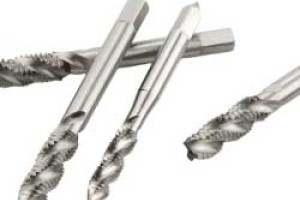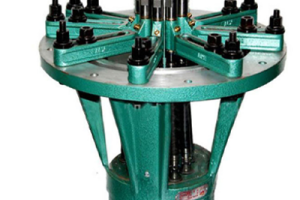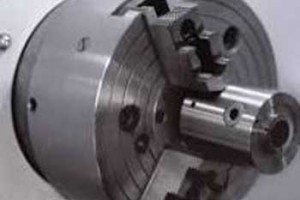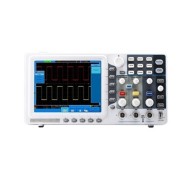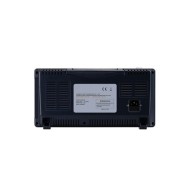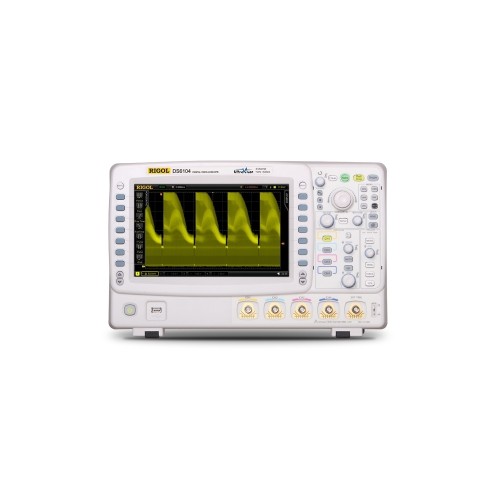
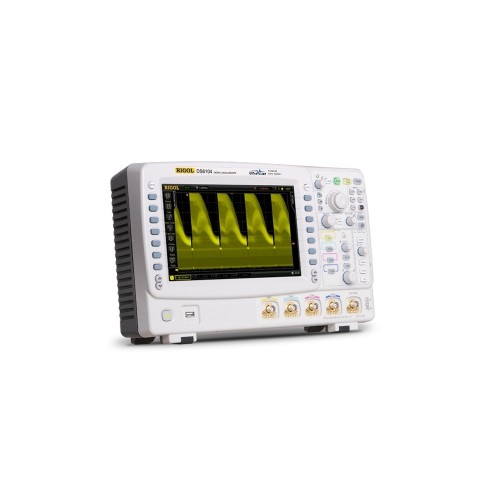
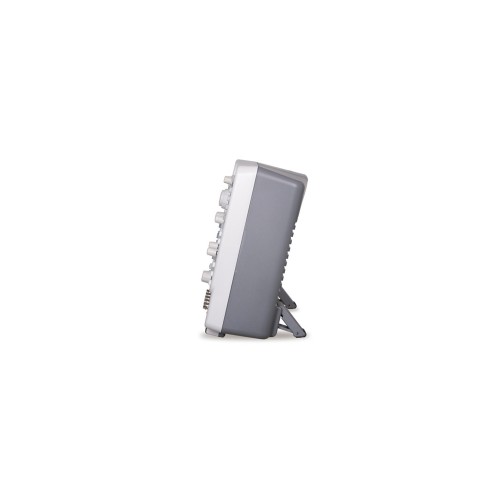
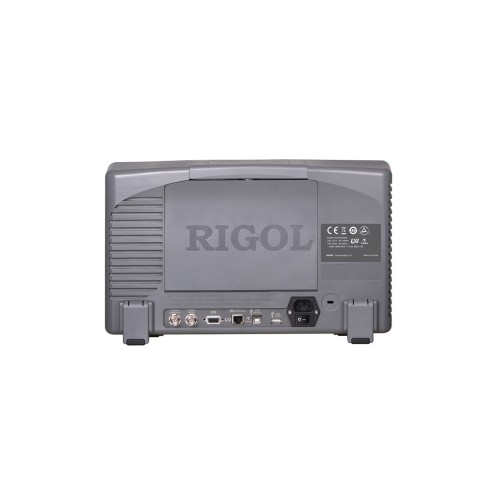




- Stock: In Stock
- Model: SCJ009661
- SKU: SCJ009661
Available Options
Ask a Question About This Product
- Description
GHz Socoje Digital Oscilloscope, 2/4 Channels, 5 GSa/s 1pc
Brief
Description
1 GHz Digital Oscilloscope Features
- 1 GHz bandwidth, 2 or 4 channel model selectable
- Up to 5GSa/s sample rate and 180,000 wfms/s per sencond waveform capture rate
- Standard 140 Mpts deep memory
- Up to 200,000 frames for waveform record and replay
- 10.1 inch WVGA (800X480) display
- Various trigger functions, including multiple protocol triggers
- Also capable of identifying the probe type automatically
- Standard parallel decoding, multiple serial decoding options available
Models and Key Specifications
| Brand Name | SOCOJE | |
| Model | DS6102 | DS6104 |
| Number of Analog Channels | 2 | 4 |
| Bandwidth | 1 GHz | |
| Max. Real-time Sample Rate | Up to 5 GSa/s | |
| Max. Memory Depth | Up to 140 Mpts | |
| Max. Waveform Capture Rate | Up to 180,000 wfms/s per sencond | |
| Real-time, Hardware Waveform Recording, Playback, and Analysis Functions | Analog channel up to 200,000 frames | |
| Standard probes | 600 MHz BW Passive Probes, 2 sets for 2 channel model, 4 sets for 4 channel model 1.5 GHz BW Passive Probe, 1 set for DS6102, 2 sets for DS6104 | |
| Dimension | Width x Height x Depth = 399 mm x 255.3 mm x 123.8 mm | |
| Weight | 7 Kg (Package Included) | |
| Packing Included | Digital Oscilloscope; Passive Probes; USB Cable; Power Cord; Quick Guide | |
SOCOJE DS6000 Series Digital Oscilloscope Specs PDF
Digital Oscilloscope Detail Tips: What is an Oscilloscope?
Tips: What is an Oscilloscope?
An oscilloscope is a widely used electronic measuring instrument. It can transform invisible electrical signals into visible images, enabling people to study the changing processes of electrical phenomena. The oscilloscope uses a narrow electron beam consisting of high-speed electrons to create a tiny spot on a screen coated with a fluorescent material. Under the action of the measured signal, the electron beam is like the tip of a pen, which can draw the curve of the instantaneous value of the measured signal on the screen. Use the oscilloscope to observe waveforms of various signal amplitudes over time. You can also use it to test various power levels, such as voltage, current, frequency, phase difference, amplitude, and so on.
Digital Oscilloscope Functions
Functions and Benefits


- Reviews
